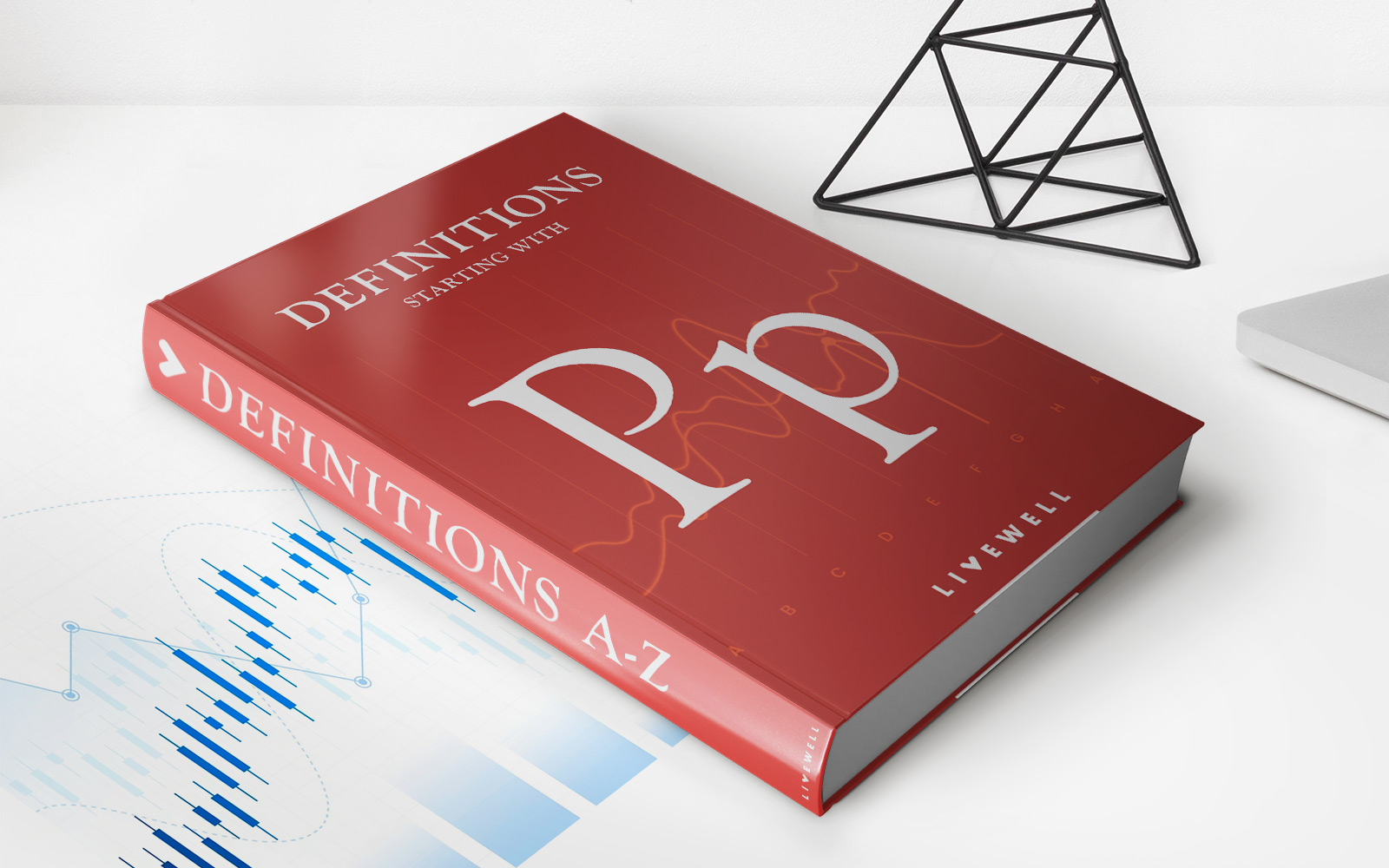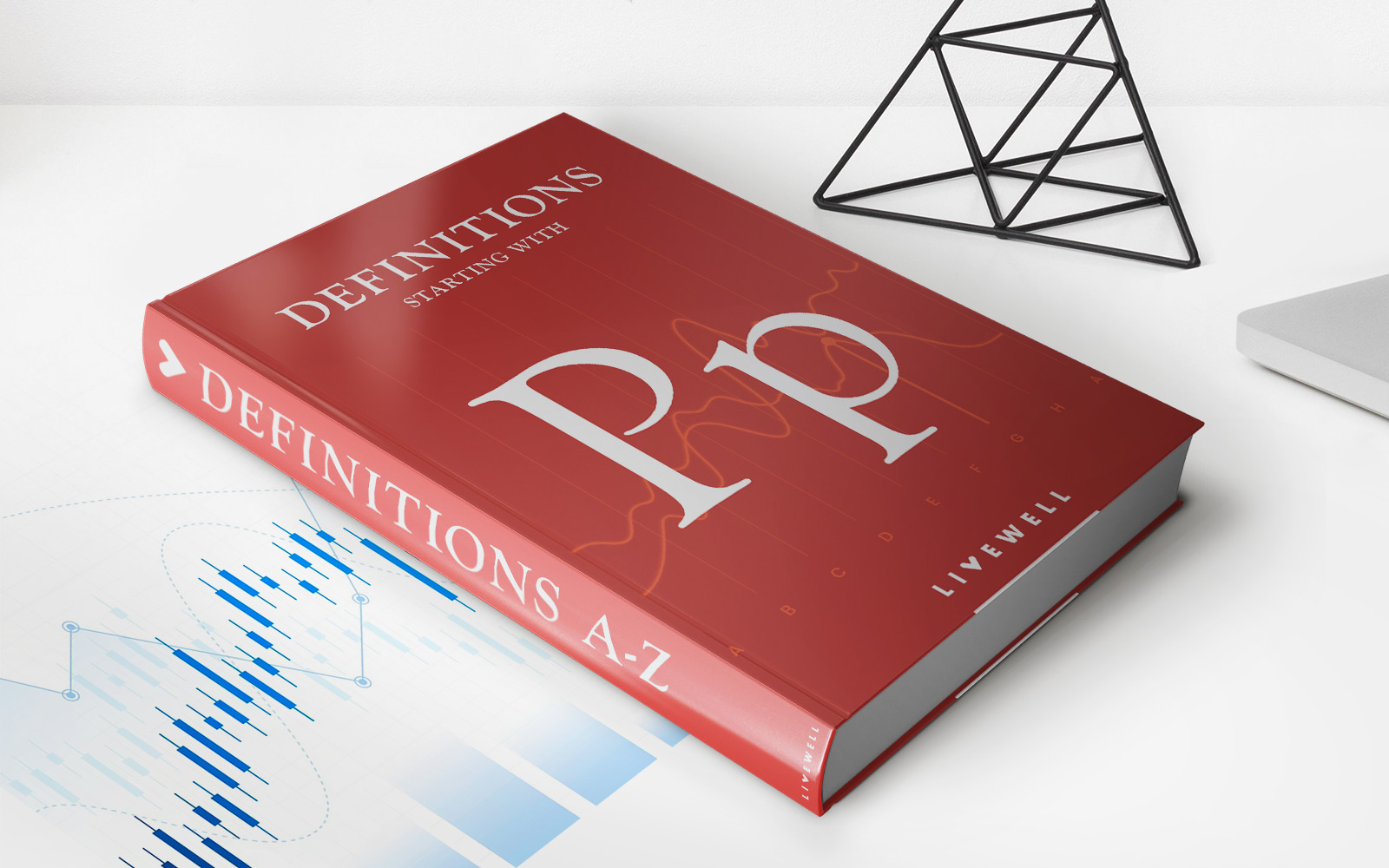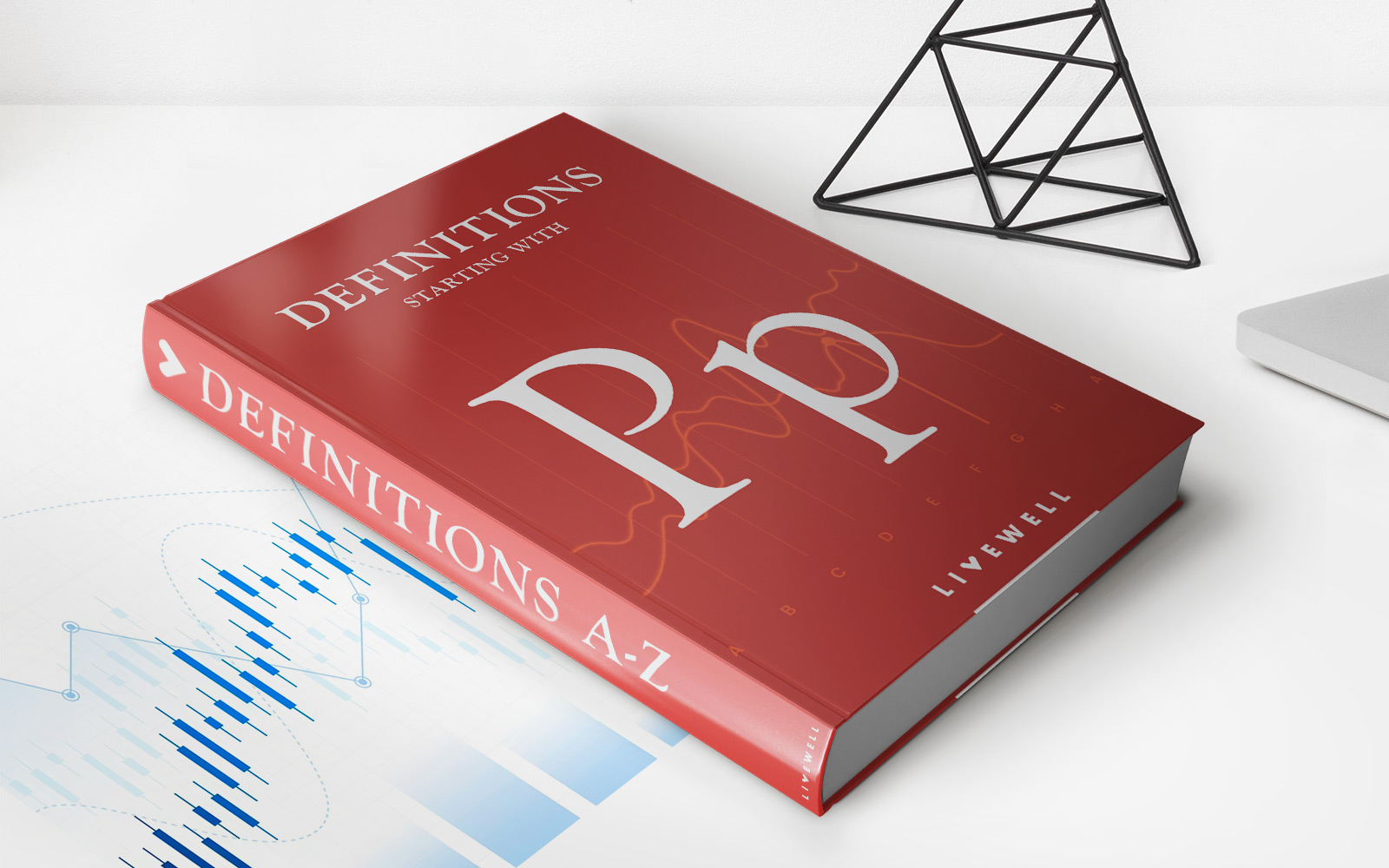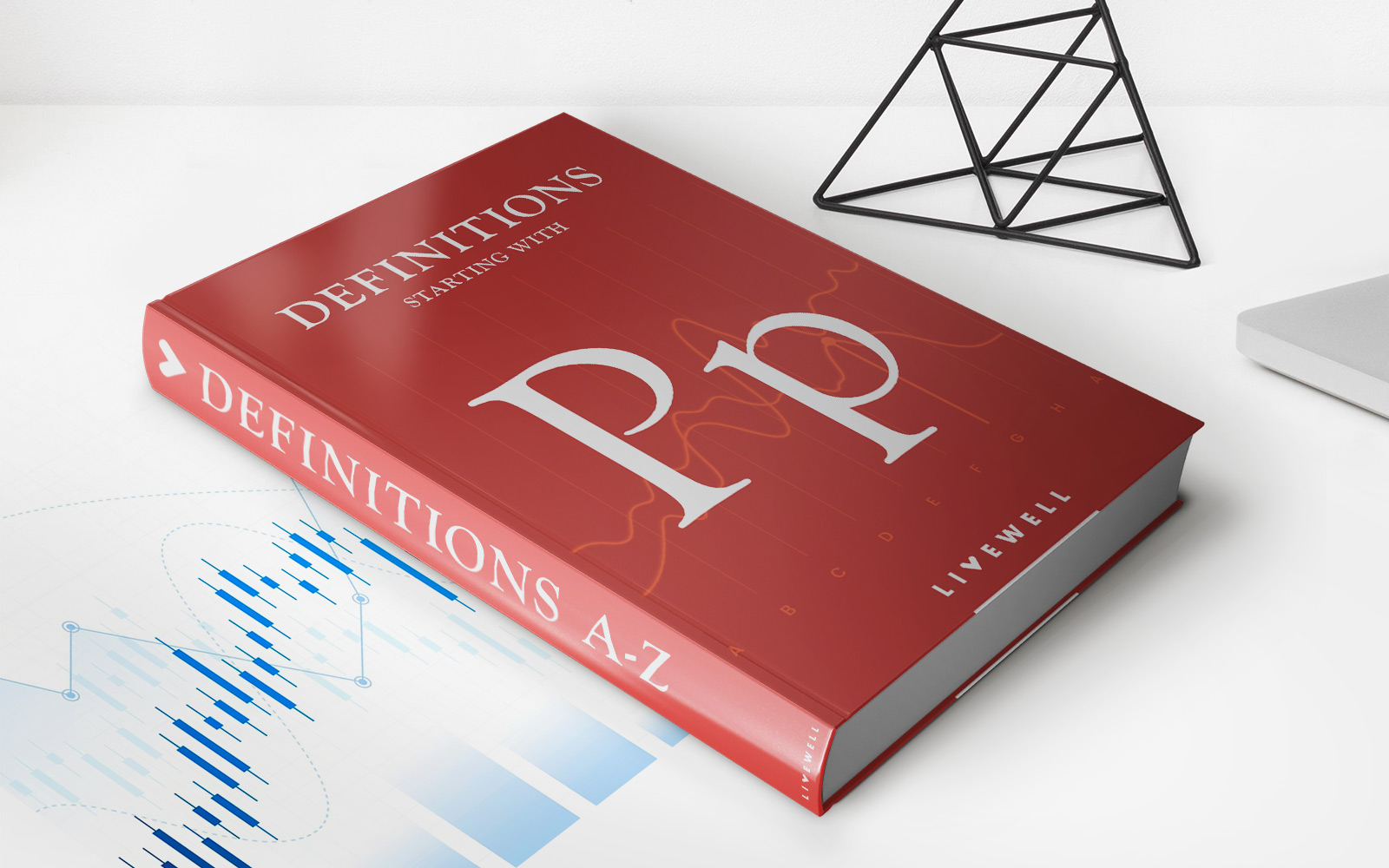Home>Finance>Product Lifecycle Management (PLM): Definition, Benefits, History
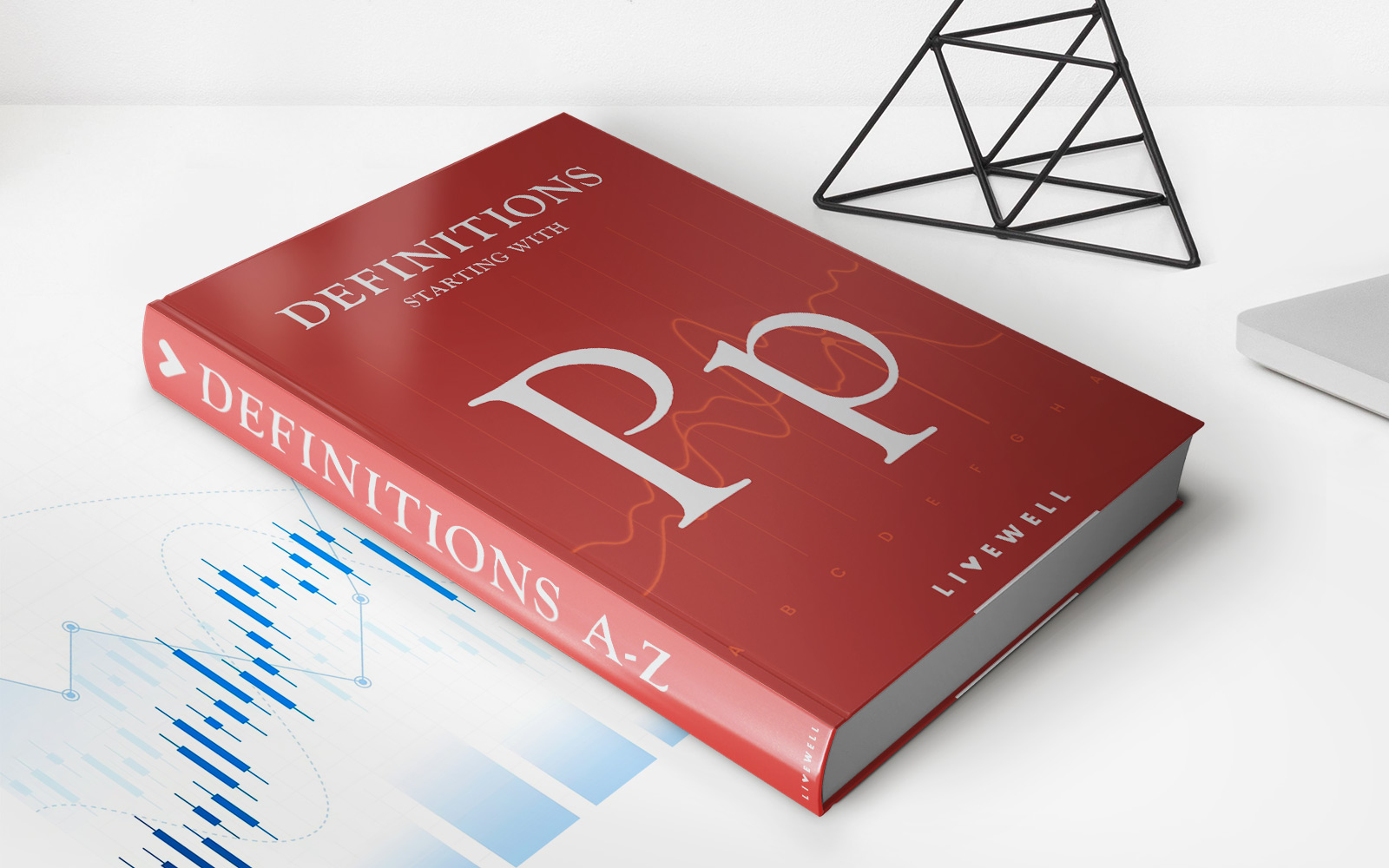

Finance
Product Lifecycle Management (PLM): Definition, Benefits, History
Published: January 12, 2024
Discover the definition, benefits, and history of Product Lifecycle Management (PLM) in the finance industry. Maximize efficiency and streamline processes with PLM solutions.
(Many of the links in this article redirect to a specific reviewed product. Your purchase of these products through affiliate links helps to generate commission for LiveWell, at no extra cost. Learn more)
Finance: Understanding Product Lifecycle Management (PLM)
Welcome to our “Finance” category! Today, we will be diving into the topic of Product Lifecycle Management (PLM). Curious about what exactly PLM is, its benefits, and its history? Well, you’ve come to the right place! In this blog post, we will provide you with a comprehensive overview of PLM, answering all your burning questions about this crucial aspect of modern business management.
Key Takeaways:
- Product Lifecycle Management (PLM) is a strategic approach that helps companies effectively manage their products throughout their lifecycle.
- Implementing a PLM system can lead to improved efficiency, reduced costs, increased quality, and enhanced collaboration within the organization.
What is Product Lifecycle Management (PLM)?
Product Lifecycle Management (PLM) is a comprehensive approach that enables companies to manage all stages of a product’s lifecycle, from ideation and design, through manufacturing and distribution, to service and disposal. It involves the integration of people, processes, data, and systems to streamline product-related activities and drive innovation.
PLM provides a centralized platform where all stakeholders, including engineers, product managers, suppliers, and customers, can collaborate, communicate, and make informed decisions throughout the product’s journey. By leveraging PLM, companies can ensure that products are developed, manufactured, and delivered with utmost efficiency and quality.
The Benefits of Implementing PLM:
Implementing a PLM system offers numerous benefits to companies across various industries. Here are two key takeaways to keep in mind:
- Improved Efficiency: PLM automates and standardizes various processes, increasing efficiency and reducing rework. It ensures that accurate and up-to-date information is readily available, enabling faster decision-making and shorter time-to-market.
- Enhanced Collaboration: PLM fosters collaboration across different departments and teams, breaking down silos and enabling effective communication. It provides a common platform where all stakeholders can share ideas, feedback, and updates, leading to better coordination and improved product quality.
The History of PLM:
The concept of PLM emerged in the 1980s when companies realized the need for a systematic approach to manage product-related data and information. Initially, organizations relied on manual methods and disconnected software tools to track product details. As technology advanced, PLM solutions became more sophisticated, offering integrated functionalities to streamline product development and management processes.
Today, PLM is an integral part of the digital transformation journey for many companies. With the advent of cloud computing, artificial intelligence, and the Internet of Things (IoT), PLM has evolved to incorporate these technologies, enabling companies to leverage real-time data and analytics for better decision-making and innovation.
Conclusion:
Understanding Product Lifecycle Management (PLM) is essential for any company looking to optimize their product development and management processes. By implementing a PLM system, organizations can benefit from improved efficiency, enhanced collaboration, and ultimately, deliver high-quality products to market faster. Stay tuned for more insightful articles on finance and other topics on our website.




